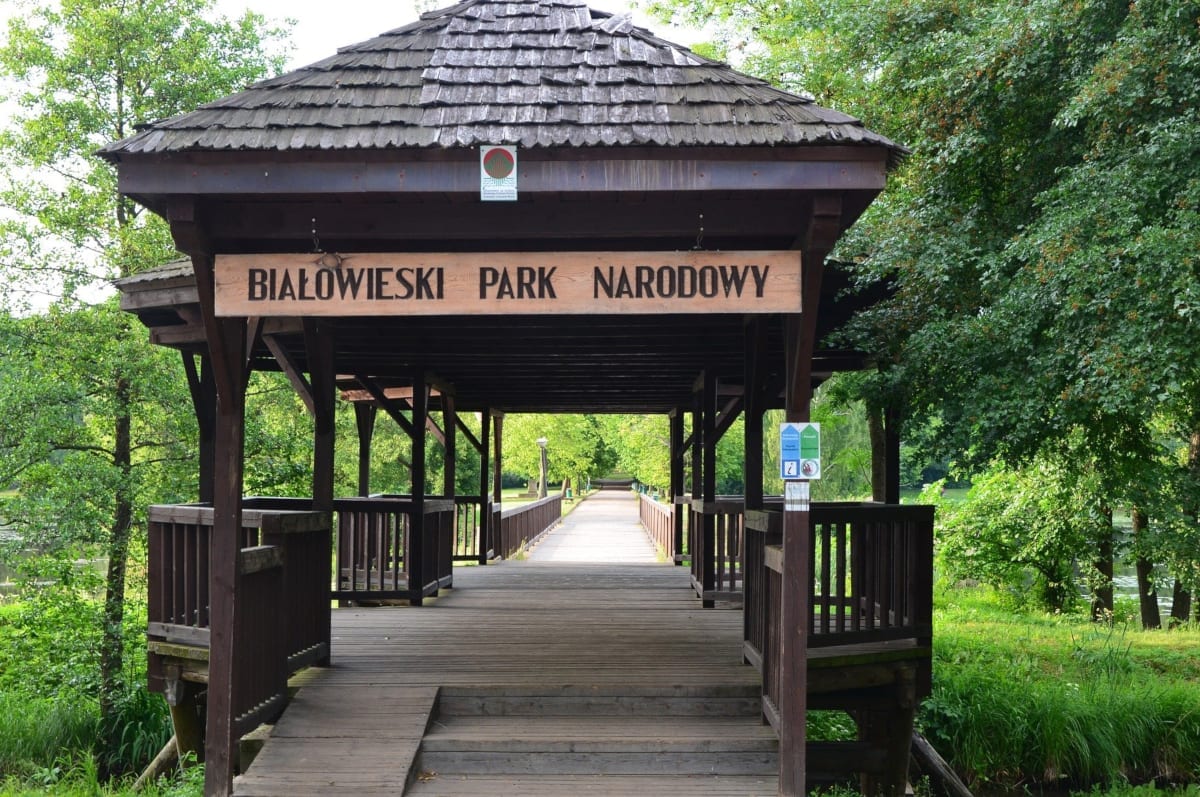
Bialowieza Forest
Bialowieza National Park – updated 10 January 2023.
Białowieża National Park is a national park located in north-eastern Poland in the Podlaskie voivodeship and the westernmost part of Belarus. It is named after the Białowieża Forest, which it protects. The forest is one of the last and largest remaining parts of the immense primeval forest that once stretched across the European Plain.
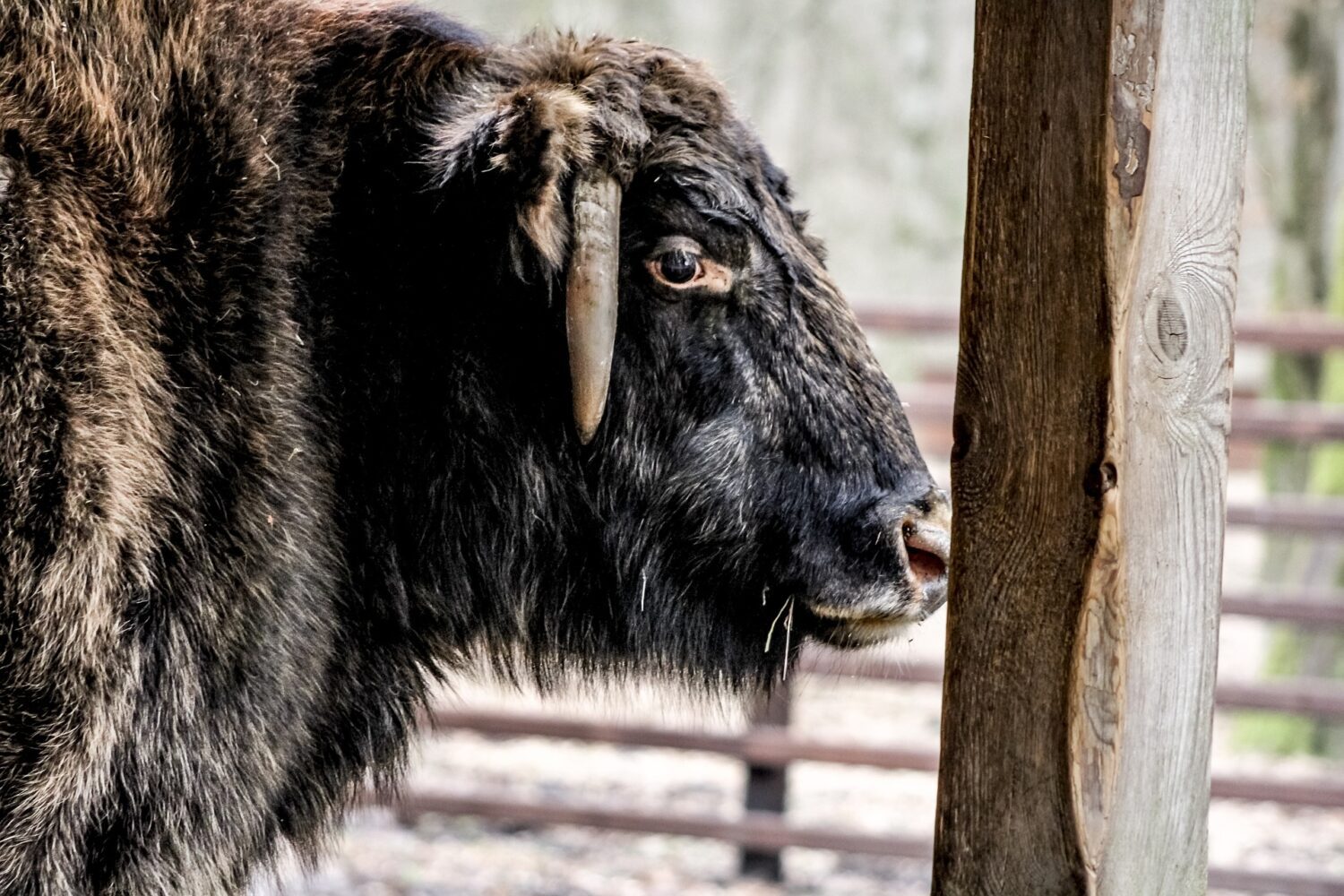
Wildlife
The park is home to a wide variety of wildlife, including European bison, elk, deer, wild boar, wolves, lynx, and beavers. The forest is also home to many species of birds, including the black stork and the white-backed woodpecker.
UNESCO Heritage Site
Bialowieza National Park is well-known for two reasons. Firstly, it is home to Europe’s largest land mammal, the European bison and secondly, the park shelters a sizeable chunk of original lowland primeval forest, which has remained undisturbed for hundreds of years.
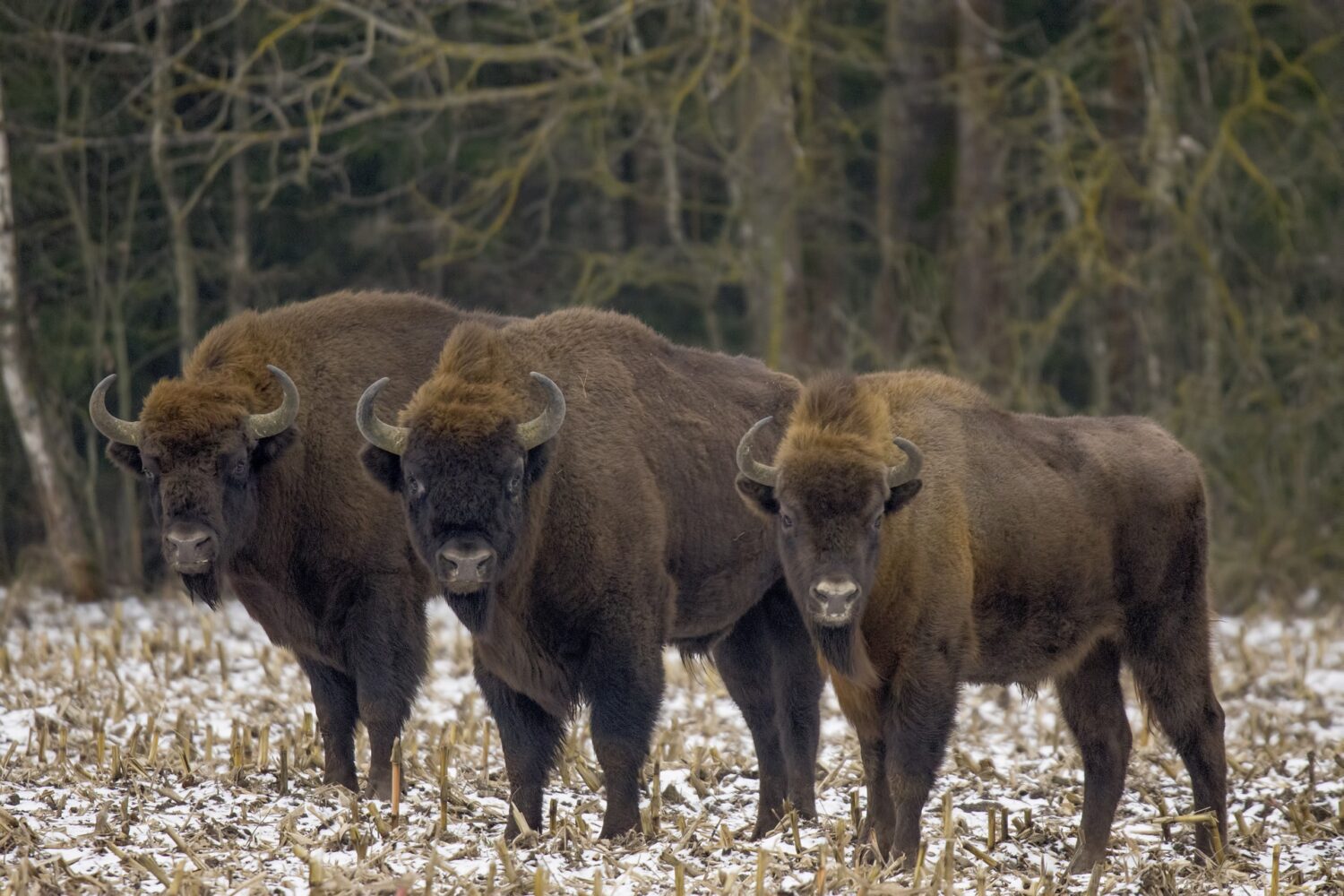
The park was established in 1932 and was designated a UNESCO World Heritage Site in 1979. It is also a Biosphere Reserve and a Ramsar site, recognized for the importance of its wetlands.
Last untouched wilderness of Europe
The park is called the “last untouched wilderness of Europe" and has an inner zone consisting of old-growth forest which has been living without much human intervention for over 800 years.
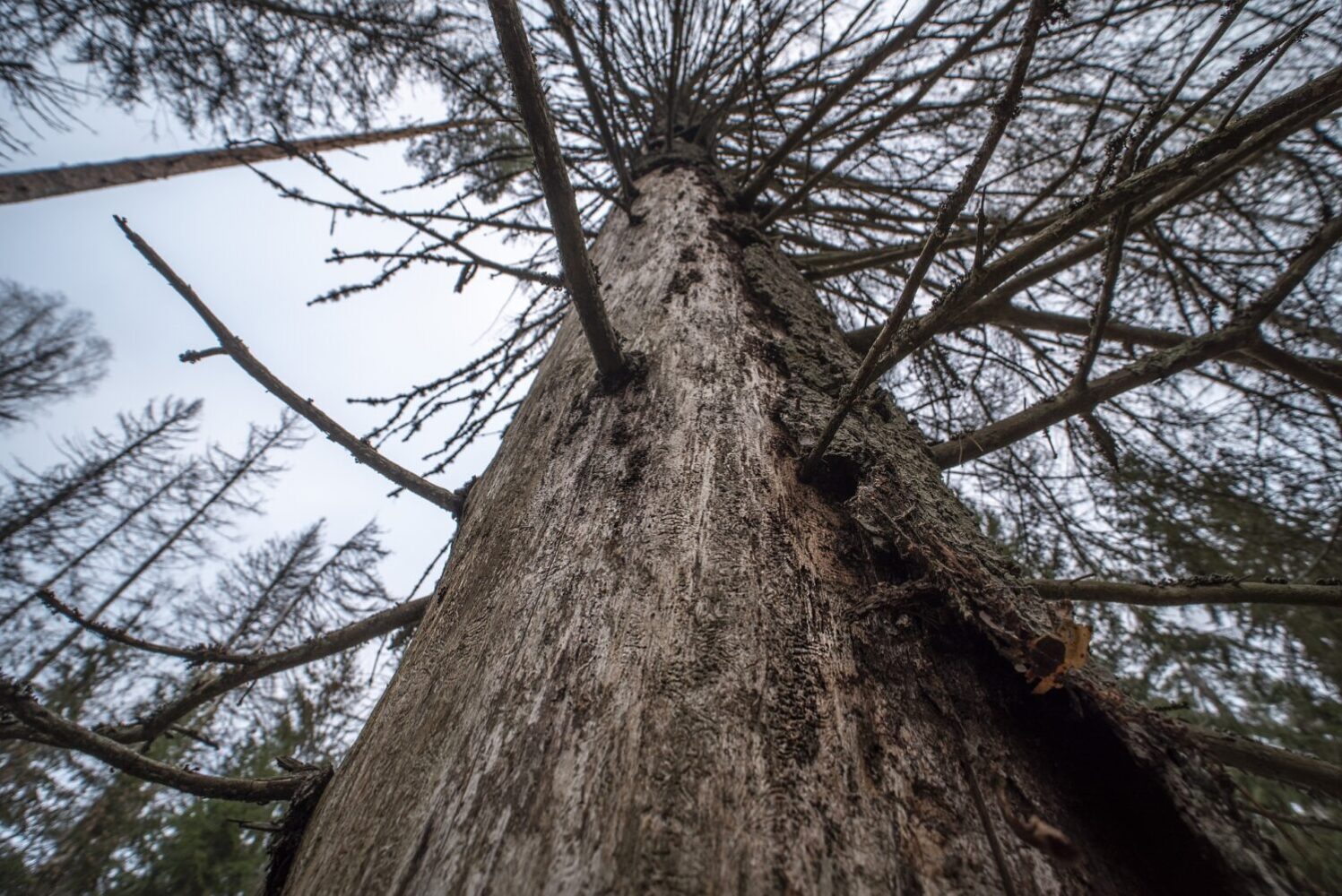
Białowieża Forest
Białowieża Forest is the last remnant of the primeval forest which once covered most of Europe and several species of fauna, which were once native in forests throughout Europe, but which have now been mostly eradicated can still be found there.
The inner zone of the Białowieża National Park is completely preserved and protected by a fence, with tourists only allowed inside with guides.
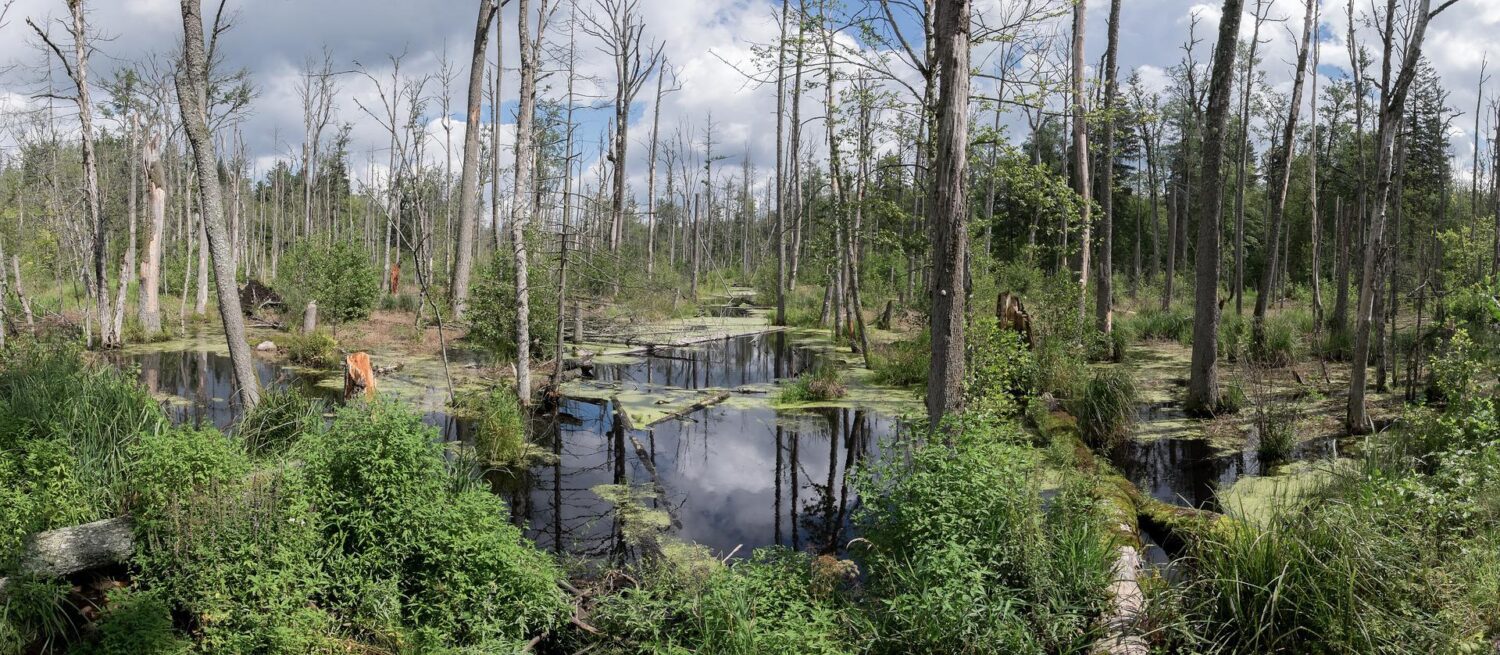
Corruption
Inside, the forest lives, breathes and decays as it has for thousands of years. Outside of the inner sanctuary several more km of forest is semi-preserved although sadly there are many reports of thinning and cutting of trees, supposedly due to disease, but more likely due to corruption and the market demand for large trees.
Nature and Forest Museum
The town of Białowieża is on the edge of the forest and is located in the Polish part of the reserve. Here you will find the Nature and Forest Museum.
This museum features exhibitions relating to the park’s flora and fauna, the park’s history, and the archaeology and ethnography of the region. The viewing tower provides terrific views, and just north of the museum you will find a grove of 250-year-old oaks.
Bison
The number of bison in the world is estimated at 5,000, half of which live in Central Europe. In Poland, three quarters of the local population of these great mammals live in the wild. You can come across them not only in Bialowieza Forest, but also in the Bieszczady Mountains, in Masuria and in West Pomerania.
Białowieża National Park is open year-round, but some trails and facilities may be closed in the winter. Visitors can hike on the park’s many trails, go on guided tours, and even stay overnight in the park’s cabins.
FAQ
Here are some frequently asked questions about visiting Białowieża National Park:
Where is Białowieża National Park located?
Białowieża National Park is located in north-eastern Poland, near the border with Belarus. The nearest cities are Białystok and Hajnówka.
Is it possible to visit Białowieża National Park?
Yes, it is possible to visit the park, and visitors are welcome to explore its forests, meadows, and wetlands on foot, by bicycle, or by horse-drawn carriage. Some parts of the park are closed to visitors to protect the bison population and the natural environment, but these areas are clearly marked and can be easily avoided.
How much does it cost to visit Białowieża National Park?
Entrance to the park is free, but there is a fee for some activities such as guided tours, renting of bicycles and horses, etc.
Are there any restrictions on visiting the park?
Visitors should be aware that the park is home to many wild animals, so it is important to follow the rules and regulations regarding wildlife observation. Some areas of the park may be closed to visitors to protect the bison population and the natural environment, but these areas are clearly marked and can be easily avoided.
What should I expect when I visit the park?
Visitors to Białowieża National Park can expect to see a wide variety of wildlife and natural landscapes, including large populations of European bison, as well as wolves, lynx, deer, and other species. The park also has several educational and interpretive centers, which offer information about the park’s history, culture, and wildlife.
Is it possible to see the bisons there?
Yes, the park is known for its large population of European bison, also known as wisent, which is the heaviest land animal in Europe and a symbol of the park. Visitors have a good chance of seeing bisons in the park, although sightings are never guaranteed.
Is there a dress code for visiting Białowieża National Park?
There is no formal dress code for visiting the park, but visitors should dress appropriately for the weather and the activities they plan to do. Wear comfortable shoes and clothing for walking, as well as for protection against ticks, which can be a problem in the park.
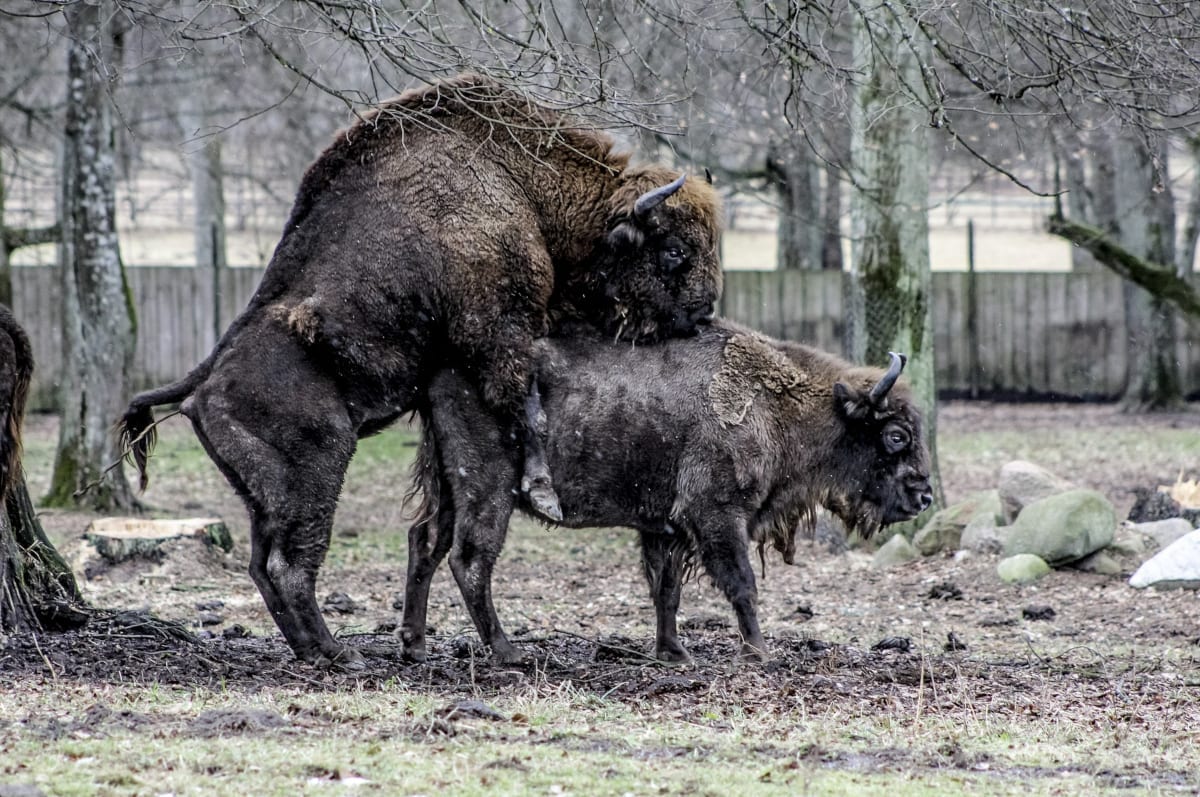
What to expect from this tour
Bialowieza National Park is a real phenomenon at a European level. The oldest national park in Poland and one of the oldest in Europe has an extremely diverse variety of flora and fauna. You will find here a whole bunch of plants and animals that occur nowhere else. According to the specialists, Bialowieza Forest is home to 25,000 species of animals and more than 1,000 species of plants.
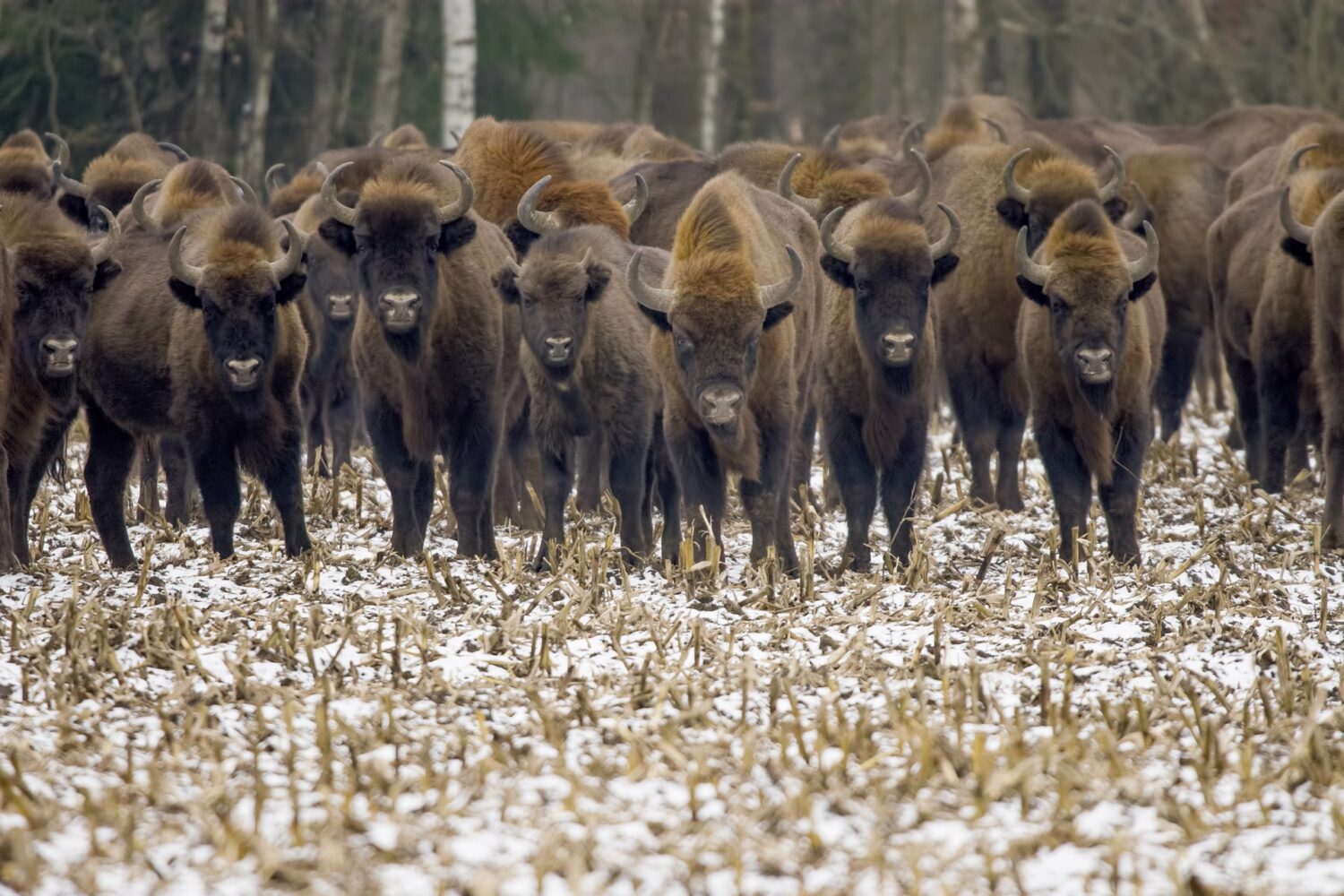
Highlights
- Discover one of the last and largest remaining parts of the immense primeval forest which once stretched across the European Plain
- Admire European bison and many other forest animals in their wild, natural environment
- Take a long walk with your local guide through the reserve of unique, old trees
- Relax in the greenery and enjoy the fresh air of wild forests
Description
The Białowieża Forest is a symbol of Poland’s natural wealth and diversity. International experts have recognized its unique value, and the Białowieża National Park has been included on UNESCO’s World Heritage List as well as on UNESCO’s List of World Biosphere Reserves.
After morning pickup from your accommodation in Warsaw, you will be transferred by air-conditioned car/minivan with an English-speaking driver to Bialowieza Village, located in the middle of the primeval forest. There you will meet with your local English-speaking guide who will take you for a long walk by a magical reserve of unique trees which are much older than any human could ever hope to live. Whilst there you can relax in the greenery and enjoy the fresh air of the wild forest.
Your hike will take about 3 hours, after which you will move on to a reserve of the European bison, which is a symbol of the park and the Europe’s heaviest land animal. Only 3,000 exist today in the whole world, out of which 1,200 live in Poland. Nowadays Bialowieza National Park is known as a home to the world’s largest population of these animals. Following the national park, you will be returned back to your Warsaw accommodation.